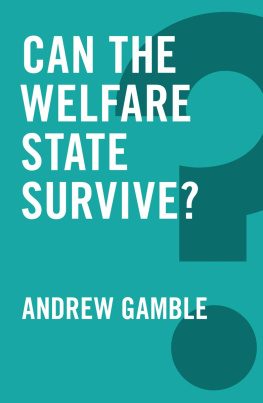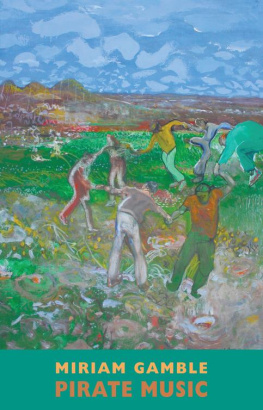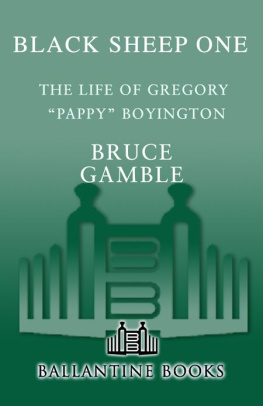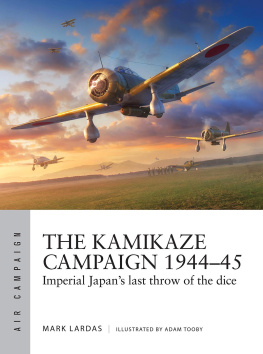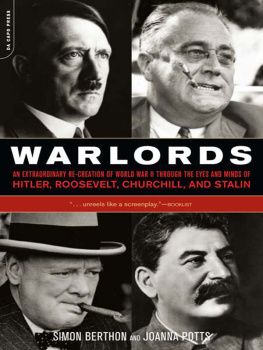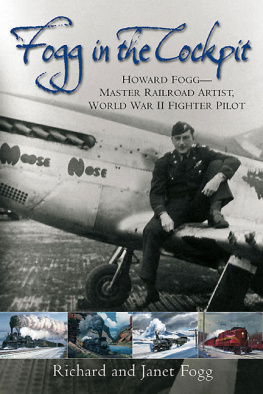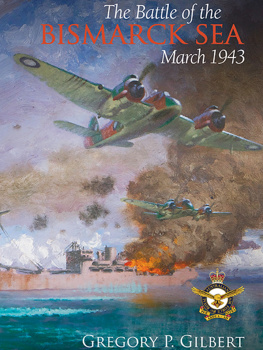TARGET: RABAUL
THE ALLIED SIEGE OF JAPANS MOST INFAMOUS STRONGHOLD, MARCH 1943AUGUST 1945
Bruce Gamble

First published in 2013 by Zenith Press, an imprint of MBI Publishing Company, 400 First Avenue North, Suite 400, Minneapolis, MN 55401 USA
2013 Zenith Press
Text 2013 Bruce Gamble
All rights reserved. With the exception of quoting brief passages for the purposes of review, no part of this publication may be reproduced without prior written permission from the Publisher. The information in this book is true and complete to the best of our knowledge.
Zenith Press titles are also available at discounts in bulk quantity for industrial or sales-promotional use. For details write to Special Sales Manager at MBI Publishing Company, 400 First Avenue North, Suite 400, Minneapolis, MN 55401 USA.
To find out more about our books, visit us online at www.zenithpress.com.
Digital edition: 978-1-61058-957-4
Softcover edition: 978-0-7603-4407-1
Library of Congress Cataloging-in-Publication Data
Gamble, Bruce.
Target Rabaul : the allied siege of Japans most infamous stronghold, March 1943-August 1945 / Bruce Gamble.
pages cm
Includes bibliographical references and index.
ISBN 978-0-7603-4407-1 (hardcover)
1. World War, 1939-1945--Campaigns--Papua New Guinea--Rabaul. 2. Rabaul (Papua New Guinea)--History, Military--20th century. 3. World War, 1939-1945--Aerial operations. I. Title.
D767.99.N444G37 2013
940.5426585--dc23
2013027970
Editorial Director: Erik Gilg
Editor: Caitlin Fultz
Design Manager: James Kegley
Layout: Helena Shimizu
Cover designer: Kent Jenson
10 9 8 7 6 5 4 3 2 1
To the thousands of soldiers, sailors, and airmen who gave their lives in the longest battle of World War II. Rest, and be remembered.
List of Maps
Contents
Preface
T HE BATTLE FOR Rabaul was World War IIs longest. Some historians might argue that the Battle of the Atlantic, from September 1939 to May 1945, was longer, and chronologically they have a point. But the campaign in the Atlantic covered an area of hemispherical proportions, with clashes occurring thousands of miles apart. Rabaul, a township of less than one square mile, was fought over from January 4, 1942 to August 15, 1945, a near-constant battle spanning almost forty-four months.
Before World War II, the islands of the South Pacific were as mysterious to most Americans as the dark side of the moon. Very few citizens had ever traveled to such remote places as the Solomon Islands or the Bismarck Archipelago, and hardly anyone had heard of Rabaul. What we knew of the South Pacific came from adventure movies, which typically portrayed the islands as dark and foreboding, with mist-shrouded volcanoes, thick jungles, wild animals, and headhunting savages.
The island of New Britain fit that stereotype. The northern end, where Rabaul is, has a long history of volcanic activity. The town lies inside the rim of a caldera, a vast depression mostly filled with seawater. The natural enclosure forms Simpson Harbor, one of the finest anchorages in the Pacific because of its natural protection by steep escarpments and volcanic peaks.
During the prewar years, Rabaul became a bustling, cosmopolitan trade center. Easily the largest town among the islands, it served as the capital of the Mandated Territory of New Guinea. Dozens of plantations and church missions dotted the coastal areas, but beyond those small pockets of development, the islands vast jungles remained wild. Some of the peoples living deep in the interior still practiced cannibalism and headhunting.
My personal interest in Rabaul developed when I began interviewing members of the Black Sheep squadron, VMF-214, who flew their hairiest combat missions over the Japanese stronghold in late 1943 and early 1944. Rabaul was so iconic that they had written songs about it. Wondering what made Rabaul so extraordinary, I began to research its historyand became hooked. I was especially drawn to the story of Lark Force and the tragic sinking of the Montevideo Maru.
While collecting the necessary research for a book, I thought I could narrate the story of Rabaul in a single volume. I was wrong. The tale of Lark Force occupied the first book, originally published as Darkest Hour. Next, I thought I could tackle the forty-four-month air war in a separate volume. Again, I was wrong. There was simply too much history to convey in one book. With the approval of the accommodating staff at Zenith Press, an agreement was reached to end the first volume, Fortress Rabaul, with the death of Admiral Isoroku Yamamoto, a crucial turning point in the battle for the Southwest Pacific.
Finally, almost fifteen years after I began the initial research, the history is complete with the third volume of the trilogy, Target: Rabaul.
Or is it? As some readers will undoubtedly discover, I have glossed over segments of important battles that raged over and around Rabaul, paying scant attention to actions on New Ireland, New Georgia, and Bougainville, and barely touching on important campaigns in New Guinea. So there is still plenty of material to cover for as long as historians are interested in exploring the stories behind Japans most notorious stronghold in the South Pacific.
In the meantime, it is my fervent hope that the veterans who participated in the siege of Rabaul firsthand will find this work accurate and authentic. If so, I will have achieved my goal.
CONVENTIONS
Consistent with the first two books of the trilogy, time is expressed using the twenty-four-hour military clock, and distances are given in statute miles (unless otherwise noted). Japanese individuals are identified in the Western style with given name first, followed by the surname. Japanese aircraft are identified by the model/year designation and the Allied recognition code name.
ACKNOWLEDGMENTS
I am eternally grateful for the support of dozens of friends, colleagues, veterans, descendants, and enthusiasts who have provided assistance, both in the United States and abroad. Sadly, some have since passed away. But they leave an important legacytheir sons and daughters, nieces and nephewswho now carry the torch. The list of those who provided direct assistance, in alphabetical order: Dave Armstrong, Bill Barnett, Ed Bearss, Melvin Best, George Brewer, Ray Buckberry, Leslie Caruso, Michael Claringbould, Peter Cundall, Perry Dahl, Andy Decker, Rick Dunn, Andrew Frost, Mark Faram, Peter Figgis, Darryl Ford, Ken Gasteb, Bill Hess, Carlos Herrera, Curt Holguin, Dave Homewood, Maury Hurt, Sylvester Jackson, John Kepchia, Gerry Kersey, John Kinkaid, Marion Kirby, Bill Krantz, Jim Landsdale, Hap Langstaff, John Loisel, Jim Long, John Lundstrom, Marni Magda, Jim Mahaffey, Robert Marshall, Bruce Matheson, Lex McAulay, Jim McMurria, James Merriman, Joe Nason, Yoshio Okawara, Frank Olynyk, Jon Parshall, Edward Rogers, Luca Ruffato, Henry Sakaida, Jim Sawruk, John Stanaway, Al Sutton, Osamu Tagaya, Vic Tatelman, Justin Taylan, Barrett Tillman, Anthony Tully, Doug Vahry, Roger Vargas, Frank Walton, Bill Webster, Mike Wenger, Ron Werneth, Jay Wertz, David Wilson, Louise Wilson, and James Zobel.
Its a long list that covers many years. If Ive forgotten someone, please forgive me.
Finally, I wish to thank Erik Gilg, Editorial Director at Zenith Press, and Christine Zuchora-Walske for their patience and professionalism.
Prologue




